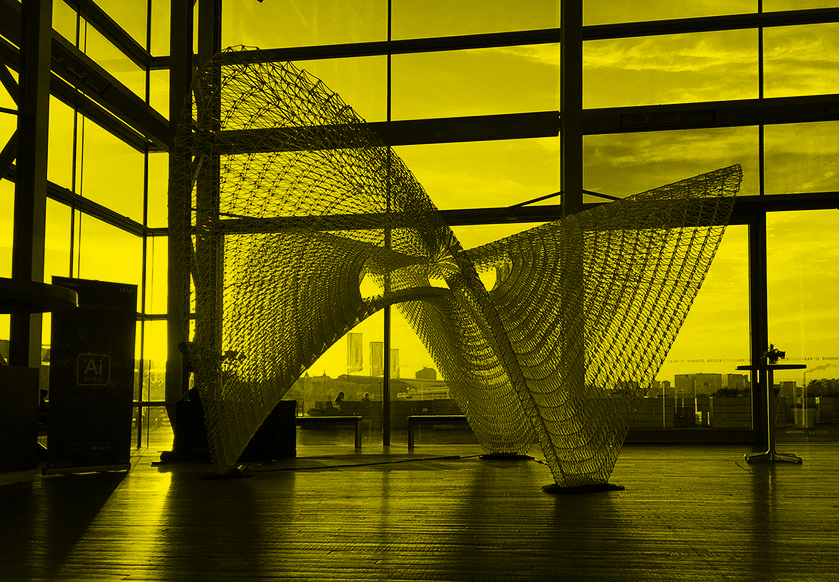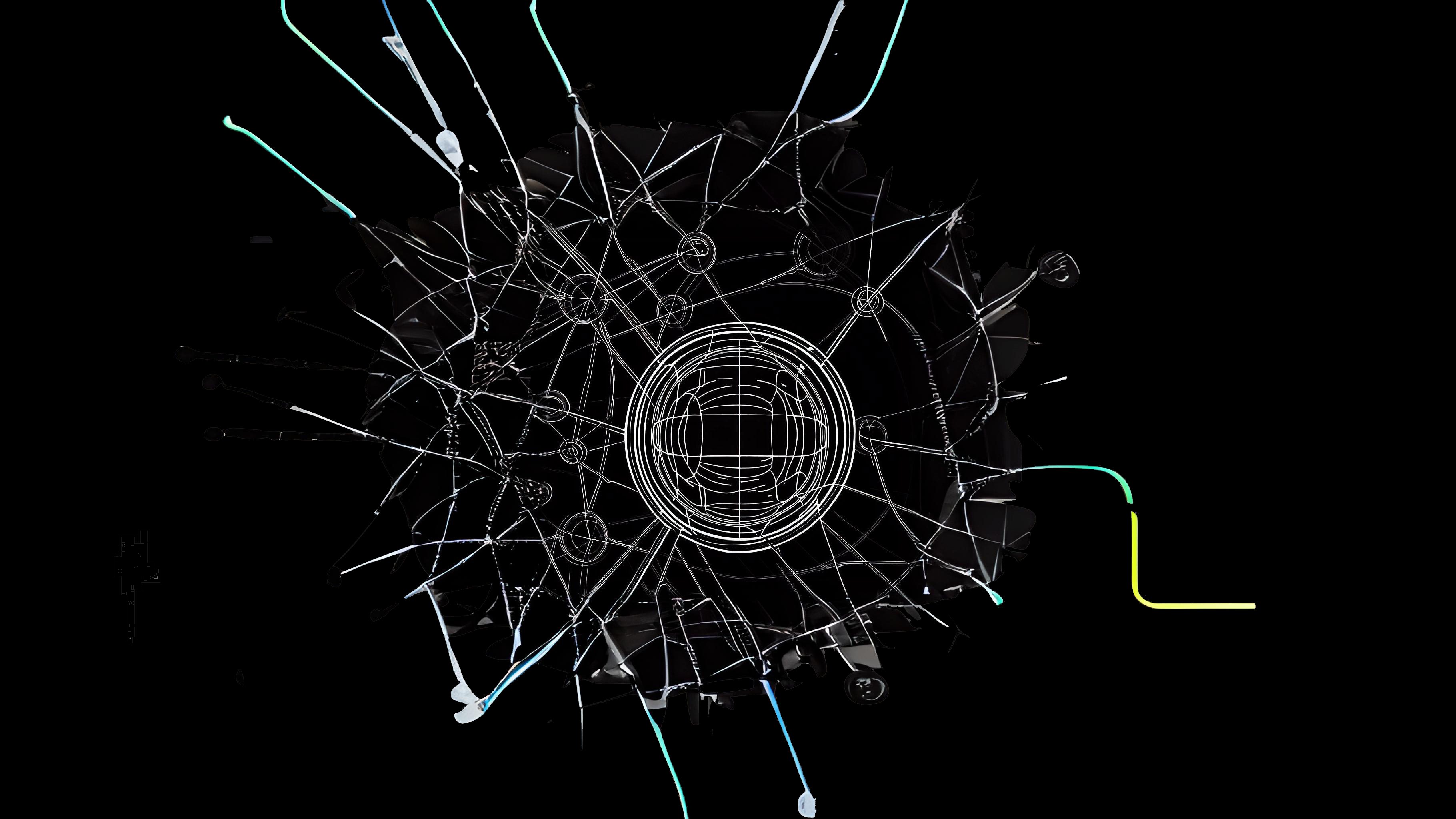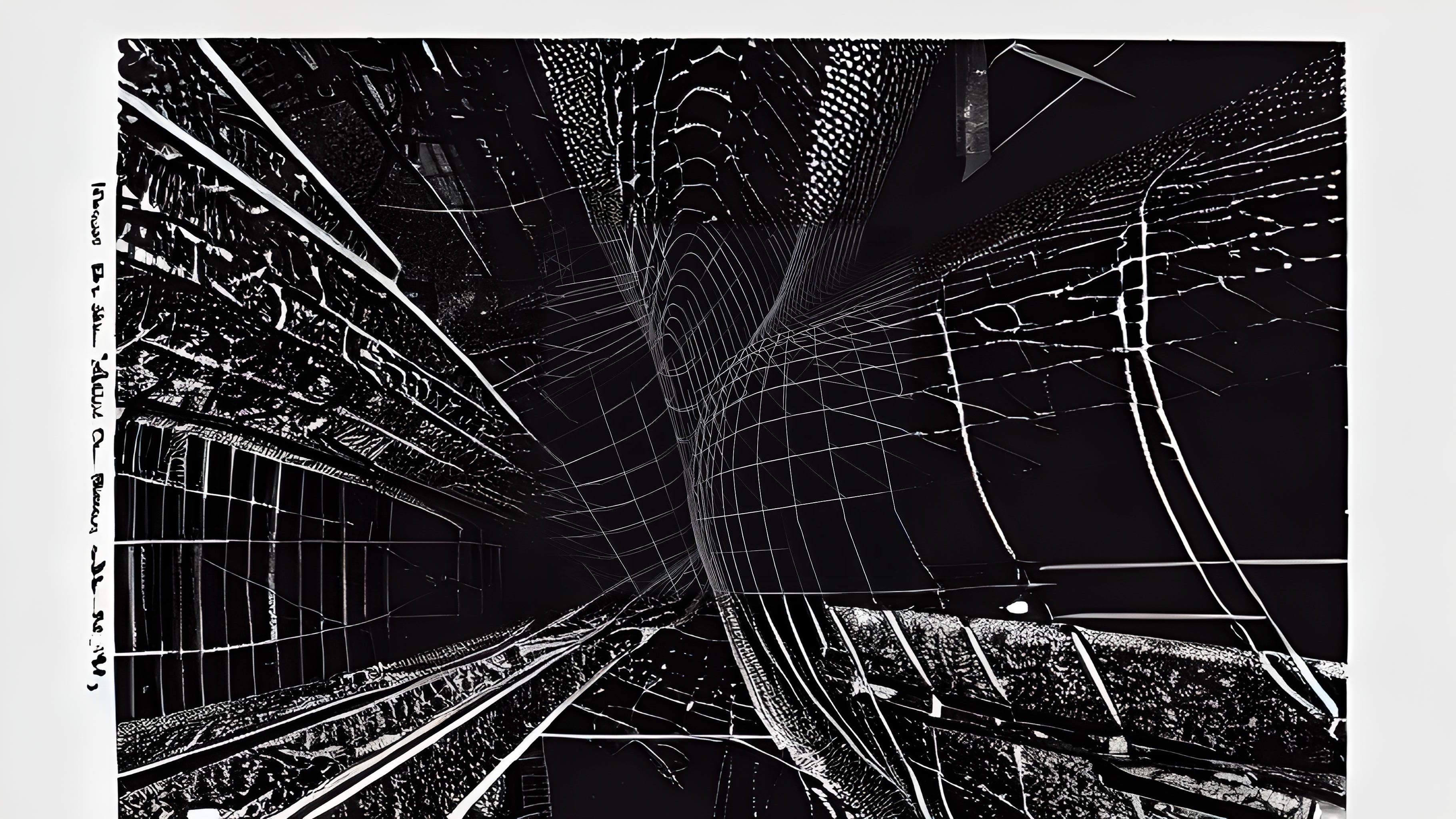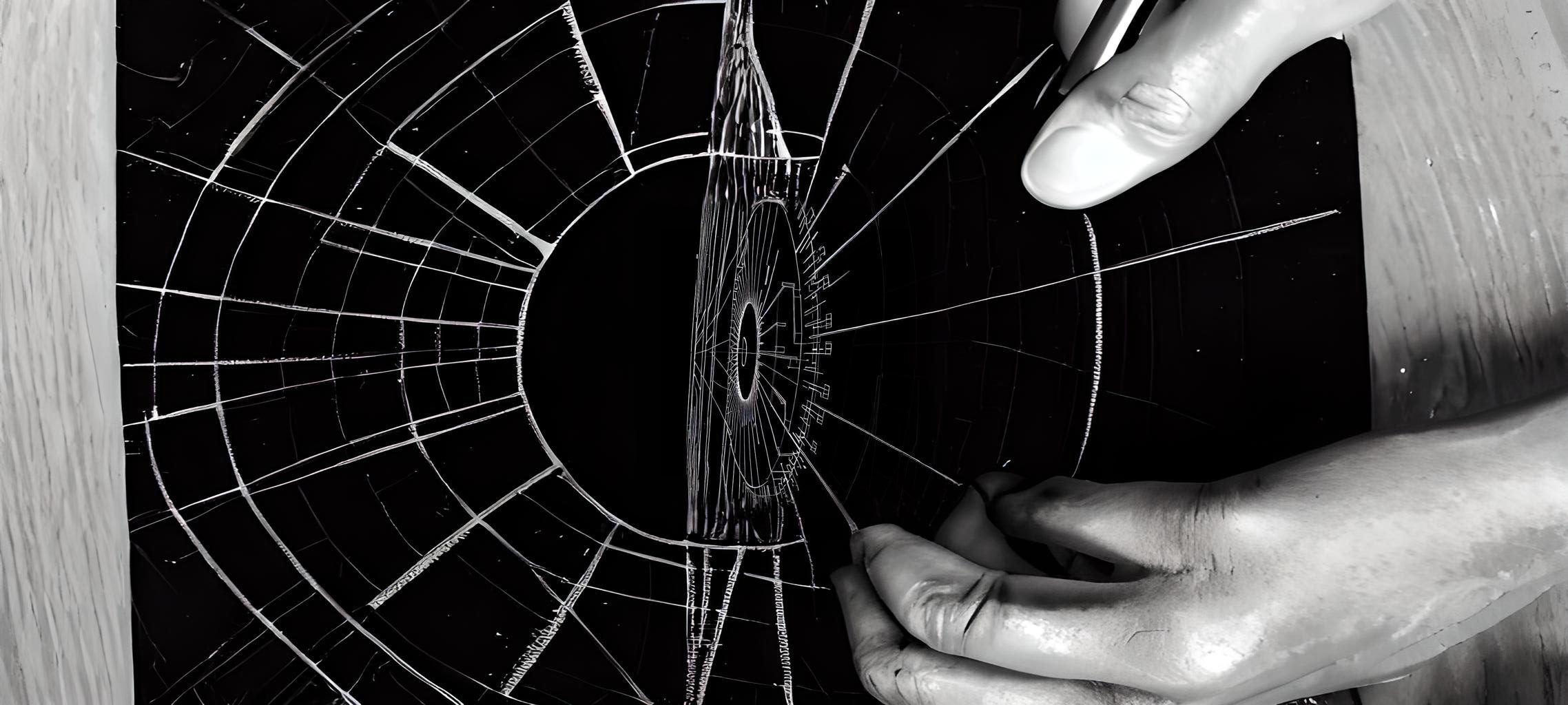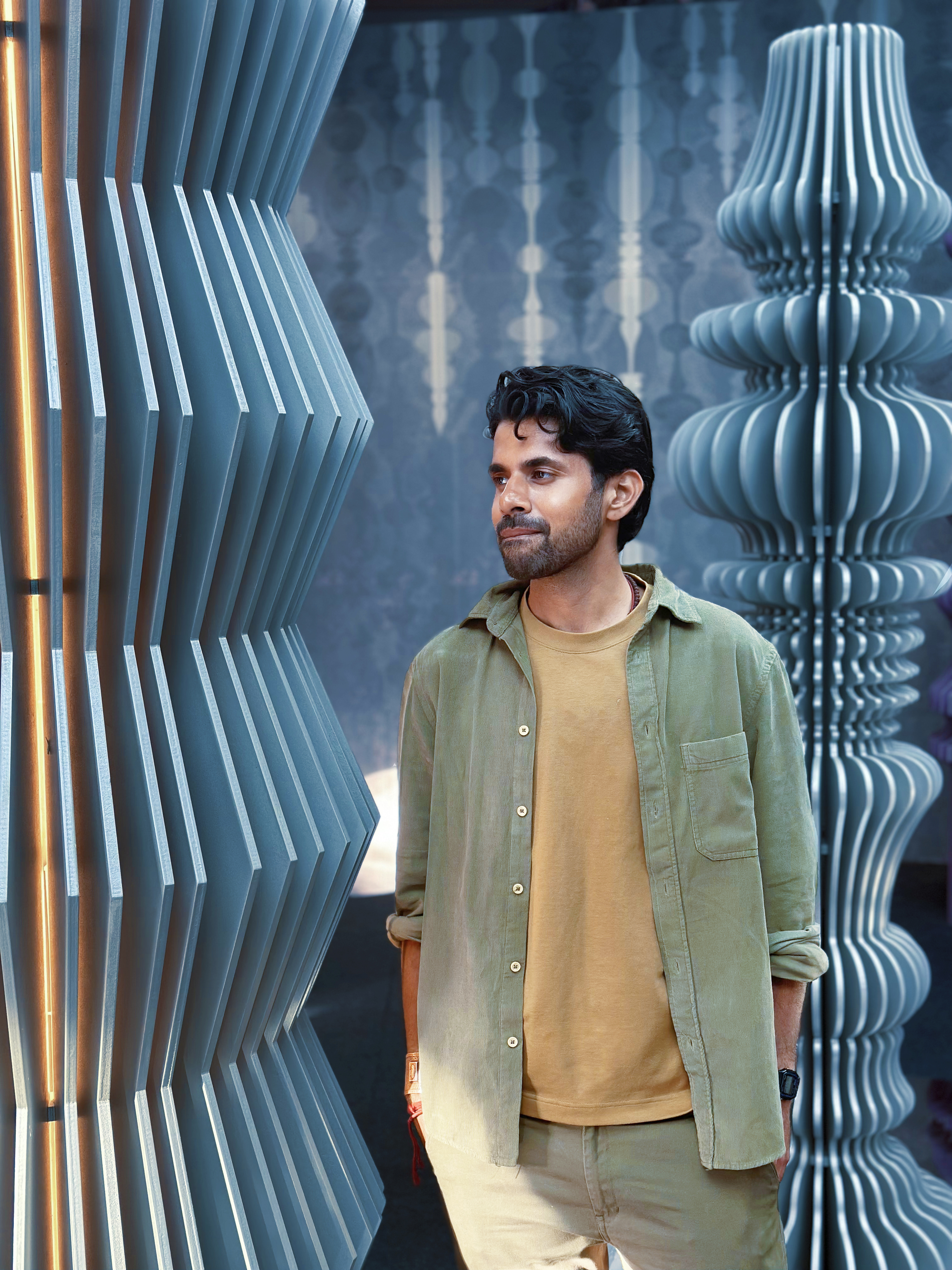For those who think AI just means writing a few prompts on an app and getting some pretty pictures, let me help you dive a little deeper.
AI's impact on design lies in transforming how designers deal with information and data.
Generative AI apps have flooded social media, but their true potential lies in their ability to revolutionise design processes. AI now assists in analysing sites, from sun patterns to topography, optimising orientation and form for any project. What once took hours or days to comprehend, AI can process within clicks, suggesting the best design solutions. No longer relying on general rules, designers can now make precise alterations tailored to each site's unique conditions.
Understanding human interactions with the environment is crucial for maximum comfort in design. AI becomes the key to collating and analysing vast amounts of data on on-site conditions, structures, materials, and human behaviour. With AI models evolving rapidly, tasks like site study, form optimisation, and designing for comfort are soon within their grasp. AI-driven tools for planning, 3D modelling, rendering, and construction drawings are already here, shaping the future of design.
As AI continues to advance, the design world stands on the brink of an exciting transformation, propelling us into a new era of creativity and efficiency. And that brings us back to our original question, ‘What will the designers and architects do’?
AI's impact on design lies in transforming how designers deal with information and data.
I think the future is hybrid. The tasks that just require basic physical understanding and data will be done by AI, but these apps, at least for now, completely fail to comprehend the intangible. The mother who always hoped for a central open courtyard with a small temple in her house, the slum dweller who refuses to live in a high-storey building, the ambition of a country to be the greatest tourist destination or the simplicity of the lifestyle of an old couple, these are not data, these are emotions, and AI has no idea how to deal with them. The experience of spaces and the delicate balance between the needs and wants of a client, I think these will never be taken over by AI and they will always require a human touch. AI can build you a beautiful house, but humans will build you your dream home. Also, I would like to see AI handling the workers on the site as an architect does. People often forget that only about 30% of the job of an architect or an interior designer is design, 70% of it is bringing that design to life. But that being said, AI will take over a lot of the tasks, which will make the life of a designer easy at first, but difficult in the long run. Because what if people decide to skip the human touch in favour of economics? What if the tools become refined enough that anyone, designers and non-designers alike, can use them, would an architect or designer still be needed? What will be our job then?
I recently interviewed Patrik Schumacher, the principal of Zaha Hadid Architects on my Youtube channel and asked him these very questions. Zaha Hadid Architects is one of the few firms that have already started dabbling with AI in the professional workspace. So I asked, will designers and architects of tomorrow be replaced by AI? His answer was a strong, ‘No!’ He believes, as do I, that AI will add to the capabilities of designers but these are still tools that need to be used, and we will be the ones to use them, only if we don’t shy away from them now and actively participate in helping build them.
Patrik Schumacher says that AI will not replace people, it will just accelerate work. There will be more outputs and faster outputs. When I say AI is a tool, think of it as a pencil, just because everyone can make markings on the paper now, does not mean you don’t need a Shakespeare or Rabindranath Tagore.
AI will not replace people, it will just accelerate work.
The world ahead is terrifying, but only because it is equally exciting. AI is a tool, to help you in your design process. And it is good at what it does. So use it.
However, I think it will reduce the workforce. If you have seen pictures from the last centuries with architects bent down on huge boards and drafting by hand, it almost seems so unnecessary today. Today on computers we draft as much as we want and we do it in minutes. So we don’t require 4 people working on one single drawing. I think AI will do the same once again, we might not need as many people doing the same tasks; tasks will be automated and much faster.
So as designers, are we prepared to face this new future?
No, we are not!
But that hasn’t ever stopped us before. Designers and architects will change and adapt and will create a brand new process with these new tools. And if you are to believe Patrik, there lie bigger possibilities for architects beyond just the physical world, in the Metaverse. But that is a whole new topic we can discuss some other time.
The world ahead is terrifying, but only because it is equally exciting. AI is a tool, to help you in your design process. And it is good at what it does. So use it. Use the generative AI as your own personal Pinterest board, use the tools out there to help you analyse sites and climate, use everything AI has to offer and just like you did when you were a student, experiment with something new. You might just discover that this is not something you need to shy away from or be afraid of or even ridicule or ignore just because you don’t understand it. It is here to help you, only if you are ready to be that curious designer that you once were.
Every image of this article has been created using AI.



